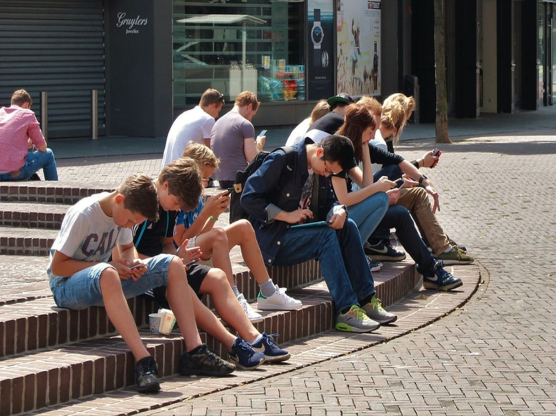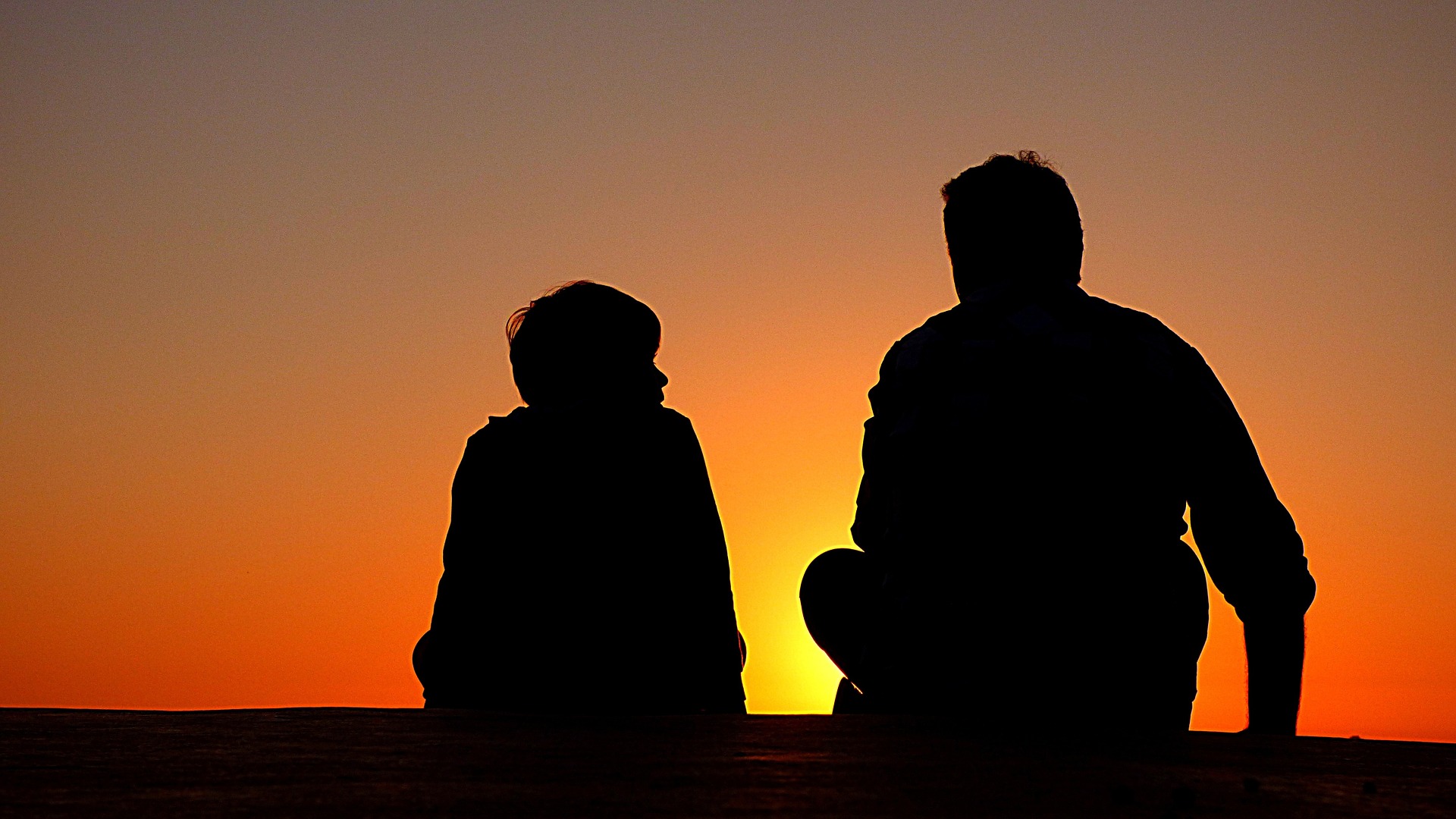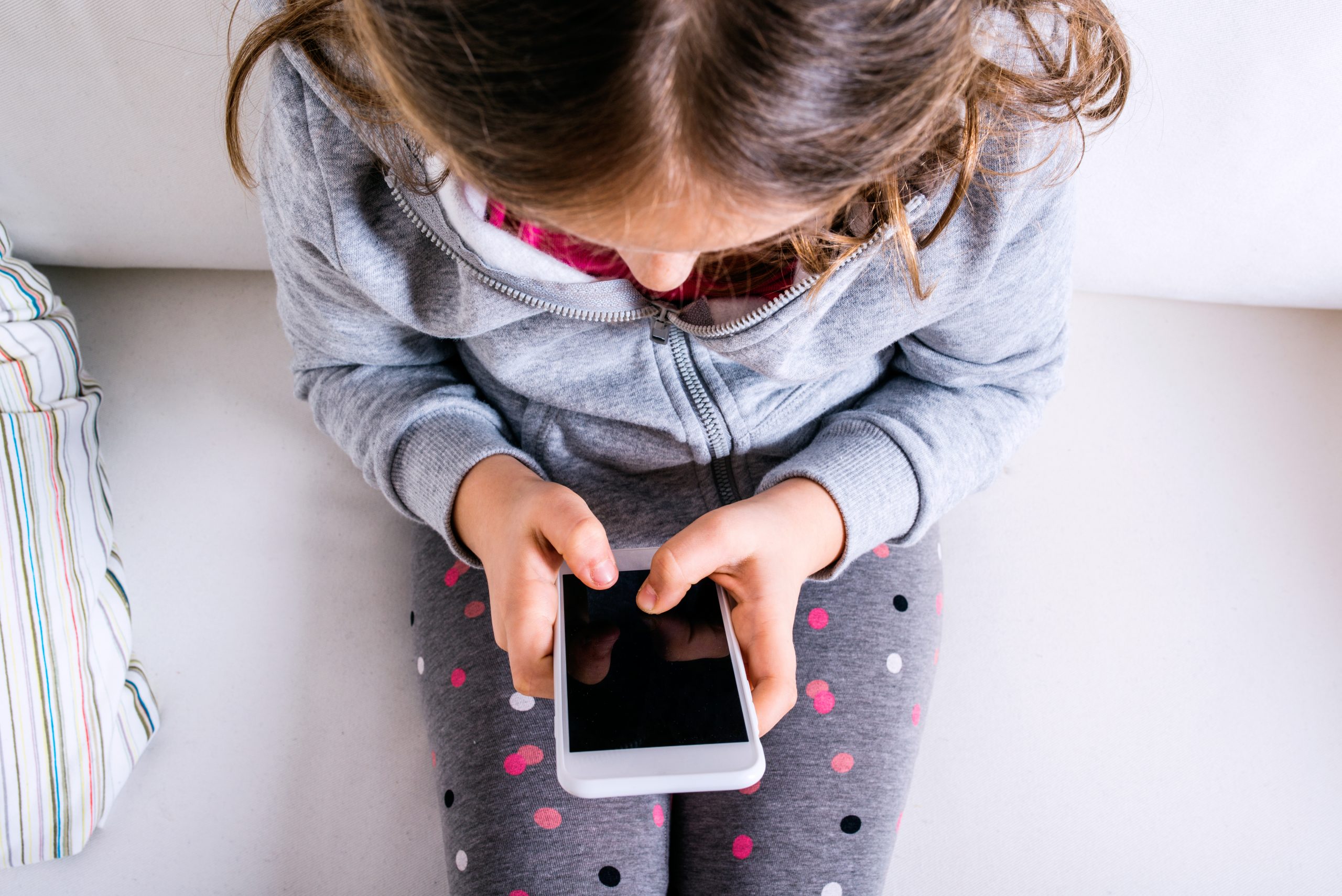It’s critical that all of us understand the impact of the porn crisis
Far from being a private matter, Culture Reframed — the organization led by Dr. Gail Dines — deems porn “the public health crisis of the digital age.” But just as the tobacco industry argued for decades that there was no proven connection between smoking and lung cancer, so, too, has the porn industry—with the help of a well-oiled public relations machine—denied the existence of more than 40 years of empirical research on the impact of its products.
The porn crisis means that porn is widely available for free online — whether via Snapchat and Instagram — or by clicking to the largest porn site on the internet, Pornhub. Porn serves as the major form of sex education for millions of kids. And what are kids learning? That violence, degradation, and humiliation are central to sex.
Extensive research has shown that porn undermines the social, emotional, cognitive, and physical health of individuals, families, and communities. These studies also demonstrate that porn shapes how we think about gender, sexuality, relationships, intimacy, sexual violence, and gender equality.




